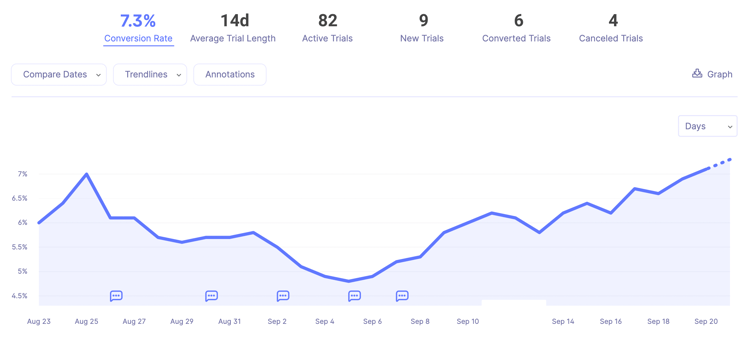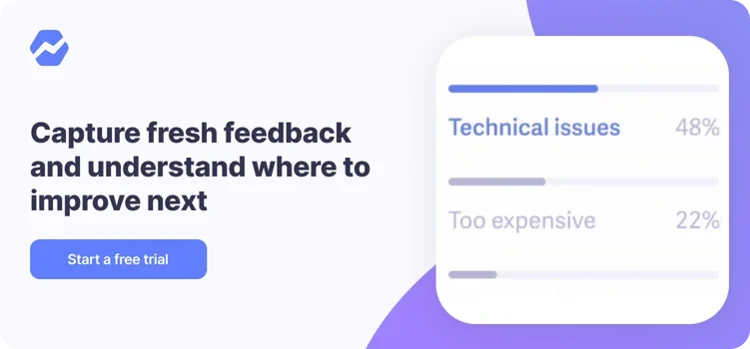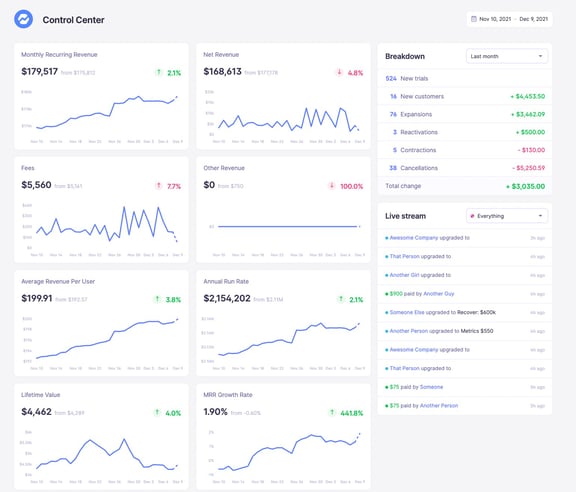Table of Contents

AARRR is an abbreviation that stands for “acquisition, activation, retention, referral, and revenue”.
AARRR, often called the pirate metrics framework (as in “arr, matey”), helps Shopify Partners perfect their funnel by providing actionable metrics for each stage of the sales and marketing strategy.
In this article, we’ll go through each part of the AARRR metrics framework, why it’s useful for growing Shopify apps, and how to improve outcomes in each part of the framework.
What is AARRR?
The AARRR framework was developed by Dave McClure, a Silicon Valley investor and the founder of 500 Startups.
With so many vanity metrics floating around out there, the AARRR metrics provide an easy-to-remember system for tracking what matters.
Let’s look at each component of AARRR metrics in more detail.
1. Acquisition
This is the first step in the framework. Acquisition starts with people finding you and ends with them being paid customers.
How people find you depends on your marketing strategy. For example, an inbound marketing strategy finds customers by producing lots of high-quality content and waiting for Google to help prospective clients find you.
Alternatively, you might be relying on banner ads, Facebook ads, or Google AdSense.
2. Activation
Activation quickly follows and overlaps with acquisition. Here is where your leads become opportunities.
While acquisition is all about getting visitors—the right visitors, specifically—to your website, activation is how you push those interested prospects to engage with your product.
This is a two-step process.
First, your leads take positive action towards trying your product. For example, if you have a free trial, they give that a go.
Second, you convert your qualified leads or free trials into paying customers.
The rate by which you convert customers is your conversion rate.
One way you can increase your conversion rate is by monitoring your trial data: which customers are trialing, how long your trials typically last, and which plans they sign up for.
Baremetrics makes monitoring trial data easy by calculating your trial data in real-time:
3. Retention
Customer retention is the most important thing you can work on as a business owner. Why? On average, acquiring a new customer can cost five times more than keeping an existing customer.
That’s why you need to identify your customers at risk of churn right away and focus on providing an exceptional customer experience.
There’s a few ways to do this:
- Consistently ask customers for feedback
- Use survey tools to gather feedback and find trends. For example, is there a particular feature that many customers feel could be improved? With this information, you can plan out the most important changes you need to make into your product roadmap and execute accordingly.
- Devote resources to customer support
- When your customers experience issues with your product, it should be very easy for them to get help. Be sure to set up a dedicated support team to respond to support requests in a timely manner, and while you’re at it, develop a customer onboarding process to help customers learn how to use your product.
- Segment your customers and look for trends in their behavior
- When it comes to retention, you’ll want to look for similarities between customers who are staying and those who are churning. You can do this with Baremetrics’ segmentation feature. By segmenting customers into segments based on common attributes, you can answer questions like “Which price tier has the most churn?”
Let’s explore that question in the Baremetrics app.
See a live demo with actual data from Baremetrics, no sign-in required!
We can see that the Pro plan (pink line) and Startup plan (yellow line) have a consistently similar user churn rate that fluctuates between 2 and 7 percent. The Enterprise plan, however, has been consistently higher than the other two plans and steadily increasing since October 2021.
Our Enterprise customers are likely experiencing similar issues that lead to their higher churn as a segment.
If you want to see more real-life examples of customer segmentation and how it can improve your customer retention strategy, check out our how-to guide.
4. Referral
As we talked about earlier, previous stages of the framework involved converting leads into paying customers. The Referral stage, then, is when you turn your existing customers into brand advocates.
From five-star ratings in the Shopify App Store to customer referrals, word-of-mouth marketing is a proven way to drive long-term success.
In particular, customer referrals are one of the most important groups of metrics to focus on. After all, having your customers refer others to your product is every business’s dream. It’s a genuine and low-cost way to acquire new customers.
To gauge the likelihood of your existing customers referring your product to other people, you can use the Net Promoter Score.
5. Revenue
Once customers sign up as paid customers, your revenue stream begins.
Revenue is what differentiates a hobby from a business. It is the proof that your app has value and users are willing to pay for it.
There are many metrics to track for revenue. Some of the most popular include:
- Customer acquisition cost (CAC)
- Customer lifetime value (LTV)
- Monthly recurring revenue (MRR)
- Average revenue per user (ARPU)
What questions do the AARRR metrics answer?
Metrics are meant to answer simple questions about your company. Here are some examples of questions founders might ask in each stage of the AARRR framework:
- Acquisition: How are people discovering your product or company?
- Activation: Are these people taking the actions you want them to?
- Retention: Are your activated users continuing to engage with the product?
- Referral: Do users like your product enough to tell others about it?
- Revenue: Are your ideal customers willing to pay for this product?
Use Baremetrics to calculate your AARRR metrics
It can be difficult to calculate all the different business metrics needed to grow Shopify apps. That’s why Shopify Partners use Baremetrics.
With a zero-setup integration, Baremetrics pulls your Shopify data and turns it into useful dashboards, like this.
To get actionable insights about your Shopify app, start a free trial of Baremetrics.






